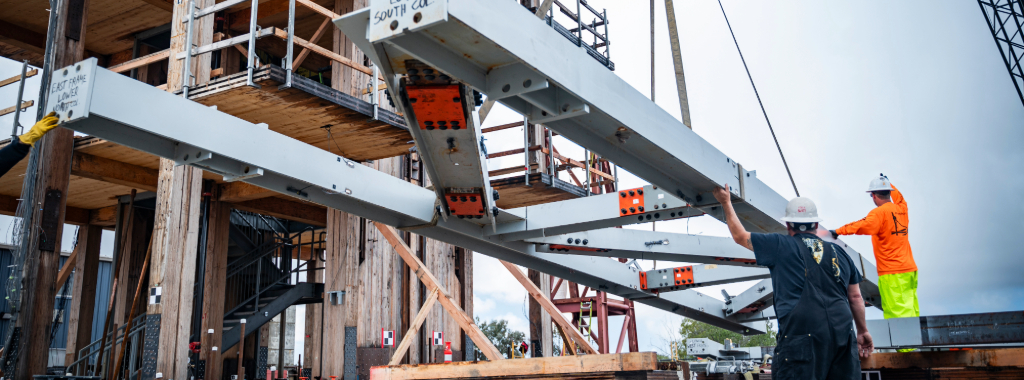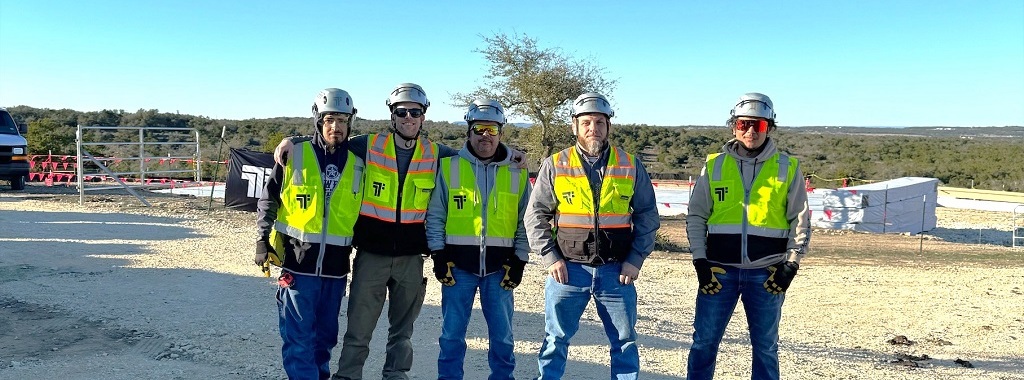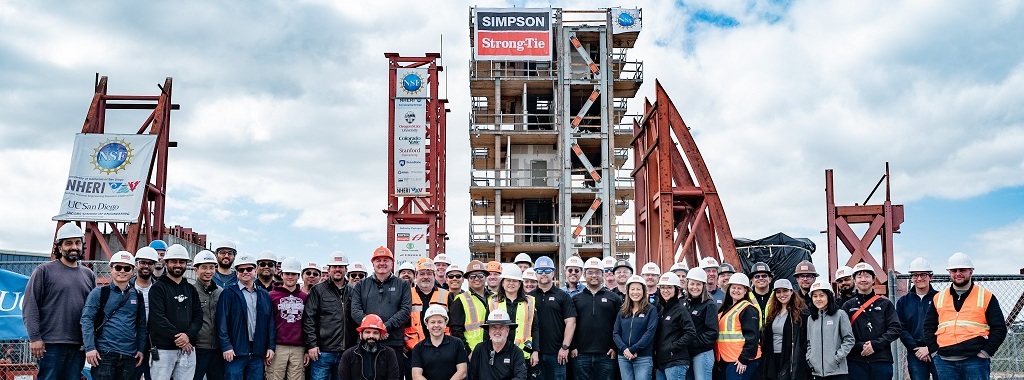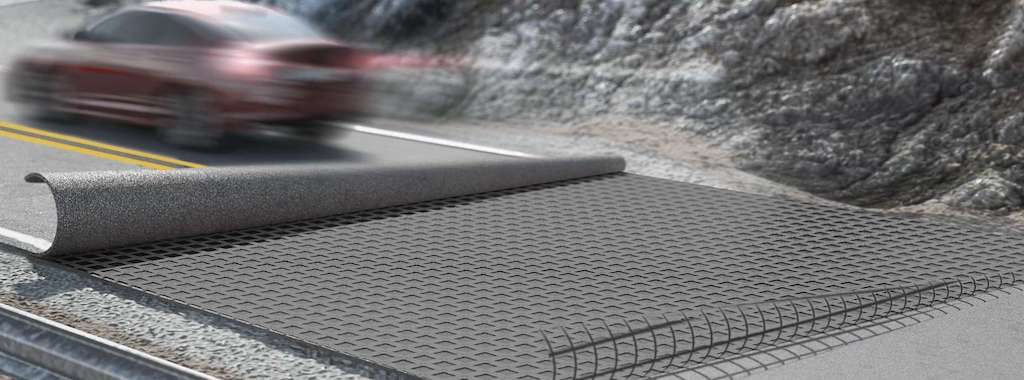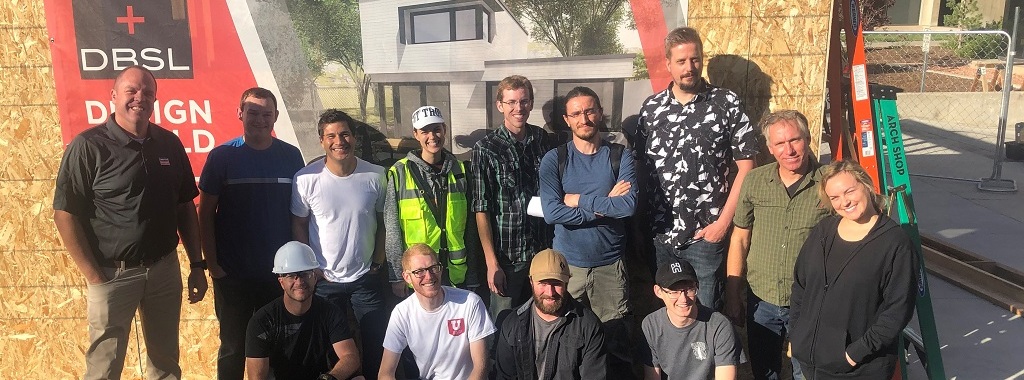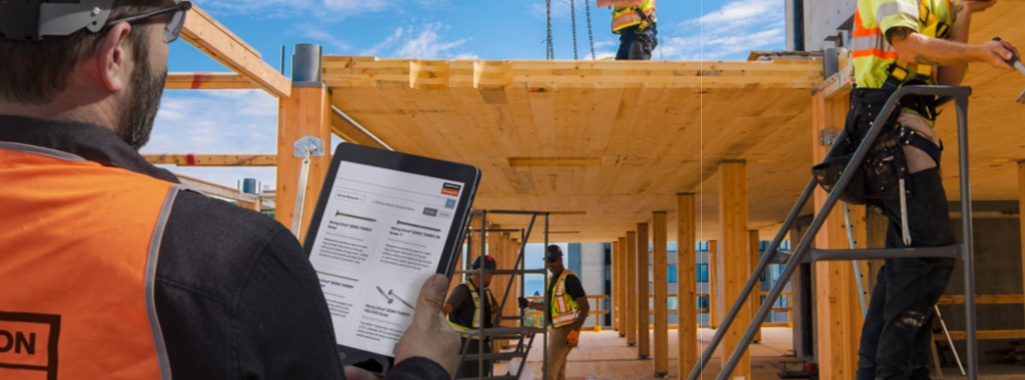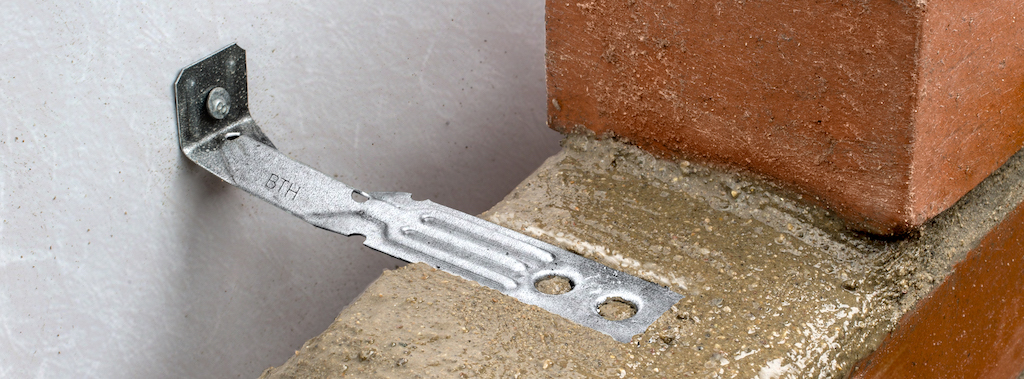Mass timber construction is taking the construction industry by storm, and there are no signs of it slowing down. Leading forecasts from Polaris Market Research project the global CLT market to triple from USD 1.1B to 3.7B by 2030. Innovations promoting cost reduction and efficiency are helping widen the mass timber market. In the following article, it discusses a few examples of how Simpson Strong-Tie is helping in this effort. Continue reading “Mass Timber for the Masses — How Simpson Strong-Tie Innovation Is Enabling More Efficient Construction”
Category: Construction Innovations
Innovation through Research and Collaboration: The Converging Design Project
As part of the Natural Hazards Engineering Research Infrastructure (NHERI) Converging Design project, Simpson Strong-Tie collaborated with several universities to perform a series of outdoor shake table tests on a six-story hybrid structural steel and mass timber structure at the University of California, San Diego (UCSD).
Continue reading “Innovation through Research and Collaboration: The Converging Design Project”
Behind the Scenes: A Shared Vision for A Residential Mass Timber Build
Simpson Strong-Tie proudly features its mass timber products in the innovative residential project by TimberBLDR and Risinger Build. TimberBLDR discusses the selection process that resulted in the Simpson Strong-Tie critical connection hardware being chosen. Gain insights into how our engineering team played a crucial role in designing and overcoming challenges for this groundbreaking mass timber project.
Continue reading “Behind the Scenes: A Shared Vision for A Residential Mass Timber Build”
From NHERI TallWood to Converging Design: Building Towards Resilient Structures
Simpson Strong-Tie is participating in NHERI Converging Design, the third phase of testing a six-story mass timber building on the NHERI UCSD shake table. This project follows up on the testing of a ten-story mass timber building with the NHERI TallWood project. Our Yield-Link® moment connection and Yield-Link brace connection underwent testing as potential alternatives to post-tensioned rocking wall systems, aiming to decrease the potential for residual drift. Learn more about this project and our live testing event.
Continue reading “From NHERI TallWood to Converging Design: Building Towards Resilient Structures”
Exploring the Possibilities of 3D Concrete Printing: A Revolutionary Way to Build
The world of construction and architecture is undergoing a revolution with the introduction of 3D concrete printing. This new technology is allowing engineers, architects, and construction professionals to create structures more quickly, cost-effectively, and with greater precision than ever before. 3D concrete printing is a revolutionary way to build, allowing for the creation of complex shapes, intricate details, and even custom designs. With this new technology, it is possible to create structures that were previously impossible to construct. Furthermore, 3D concrete printing is an environmentally-friendly building technology, as it requires fewer resources, produces less waste, and can reduce the construction timeline.
Continue reading “Exploring the Possibilities of 3D Concrete Printing: A Revolutionary Way to Build”
A New Foundation for America’s Roads and Highways
Simpson Strong-Tie has been committed to helping people design and build safer, stronger structures for more than 65 years. Now we’re advancing our mission even further — to help build safer and stronger roads, highways, airport runways and other paved surfaces in North America and around the world.
Continue reading “A New Foundation for America’s Roads and Highways”
A Collaborative Simpson Strong-Tie ADU Build
Utah Territory Manager, Jared Weston worked on a very special build to help a family in need by collaborating with the University of Utah’s Architecture students.
The Design+Build Salt Lake program at the University of Utah’s School of Architecture is a new collaboration and immersive experience developed by architect and associate professor Jörg Rügemer. Through the program, students develop, design and construct affordable, energy-efficient and resilient residential buildings from first sketch to final construction. The program serves communities around Salt Lake City and along the Wasatch Front. Continue reading “A Collaborative Simpson Strong-Tie ADU Build “
Extreme Environments and Shipping Traffic Batter Aging Marine Infrastructure, Necessitating Flexible Repair Solutions
Pounding waves. Ship collisions. Saltwater corrosion. Freeze and thaw cycles. Storm damage. From coast to coast, the nation’s wharves, sea walls, docks, and piers take an annual beating from sun, sand, wind, and surf, not to mention the wear and tear from supporting maritime and recreational boaters. Sure, they’re built tough, but extreme conditions put these structures in need of regular repair and restoration.
What You Should Know About Mass Timber Construction
Over the last decade — in outlets reaching from construction industry journals to the Boston Globe and the Economist; from CNN and Fast Company to Popular Mechanics; to Nautilus and TED talks — we’ve been hearing increasingly about mass timber and related phenomena: “CLT,” big wood, tall wood, tall timber, timber towers, ply-rises, plyscrapers, ply in the sky, super-ply, Brobdingnagian boards, and all manner of engineered arboreal futures.
So what’s the huge deal about mass timber? What on earth’s so good about wood? Is CLT the new CBD (for builders, that is)? Can ply really get that high? Is this just a big buncha buzz, or is something more solid behind it?
Continue reading “What You Should Know About Mass Timber Construction”
Getting Big Payback from Brick or Stone Veneer Remodeling Projects
Homeowners seeking the best bang for their buck on home improvement projects typically turn to swanky kitchen or bath upgrades involving high-end appliances or granite countertops. But the latest cost-versus-value report by Remodeling magazine finds that the addition of masonry veneer siding delivers a much higher return on investment.
Continue reading “Getting Big Payback from Brick or Stone Veneer Remodeling Projects”



